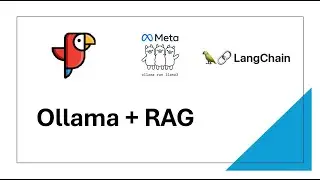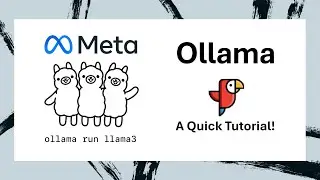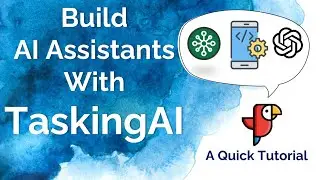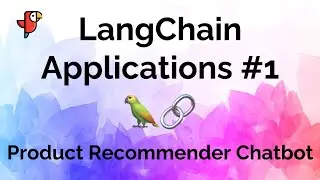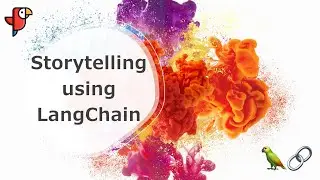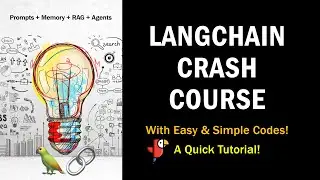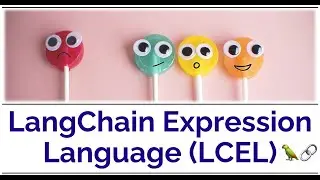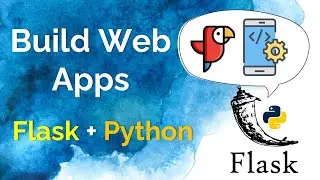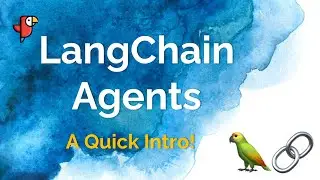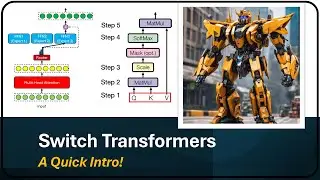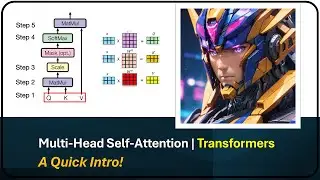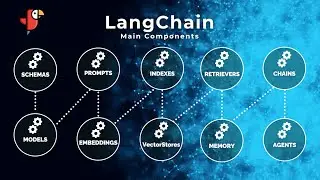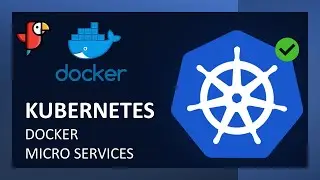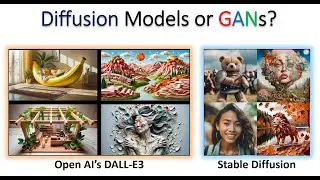LangChain Expression Language (LCEL) and its Application for Building RAG Chatbots
In this video, we present the big picture of LangChain Expression Language (LCEL) in just 5 minutes through a number of sample codes in Python with their detailed explanation. Specifically, we show you how to build a simple RAG (Retrieval-Augmented Generation) chatbot using LCEL.
LangChain Expression Language (LCEL) is a declarative language used to connect chains easily, allowing developers to build applications that leverage the capabilities of large language models (LLMs). It was designed to facilitate placing prototypes in production with no code modifications and provides a simple and declarative way to interact with core components. LCEL is used in the LangChain framework, which is a modular framework for Python and JavaScript that simplifies the development of applications powered by generative AI language models. LCEL is also a robust and versatile language that streamlines development, optimizing the composition of chains.
Also, LCEL is a new syntax that supports batch, async, and streaming out of the box and was designed from day 1 to support putting prototypes in production, with no code changes, from the simplest "prompt + LLM" chain to the most complex chains. It is also mentioned that LCEL is a declarative way to easily compose chains together and that it makes it easy to build LLM-based generative apps or create LangChain components and APIs.
In summary, LangChain Expression Language (LCEL) is a declarative language used in the LangChain framework to easily compose chains together and interact with core components in a simple and declarative way, allowing developers to build applications that leverage the capabilities of large language models (LLMs) quickly and efficiently.
#langchain #lcel #rag #vectorstore #retriever #retrieval #chain #prompt #chatgpt #gpt #gpt3 #gpt4 #openai #embedding #runnable #llm #largelanguagemodels #nlp #chatbot #chat #expression #python




![Bartosz Domiczek - D2 Talks #33 [interviewed by Fabio Palvelli]](https://images.mixrolikus.cc/video/_sQkFBCvblE)



